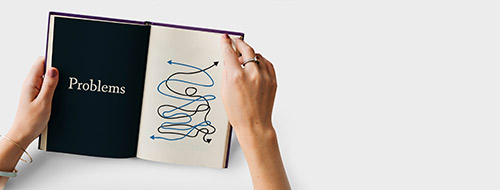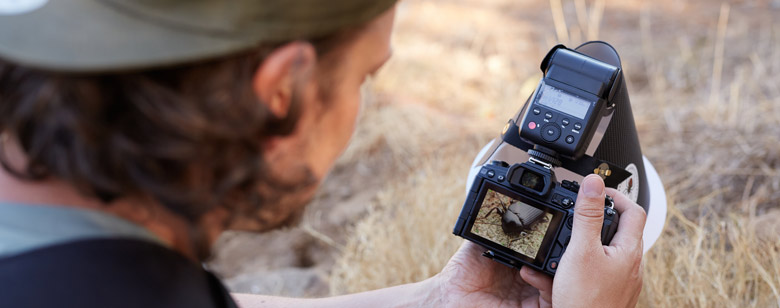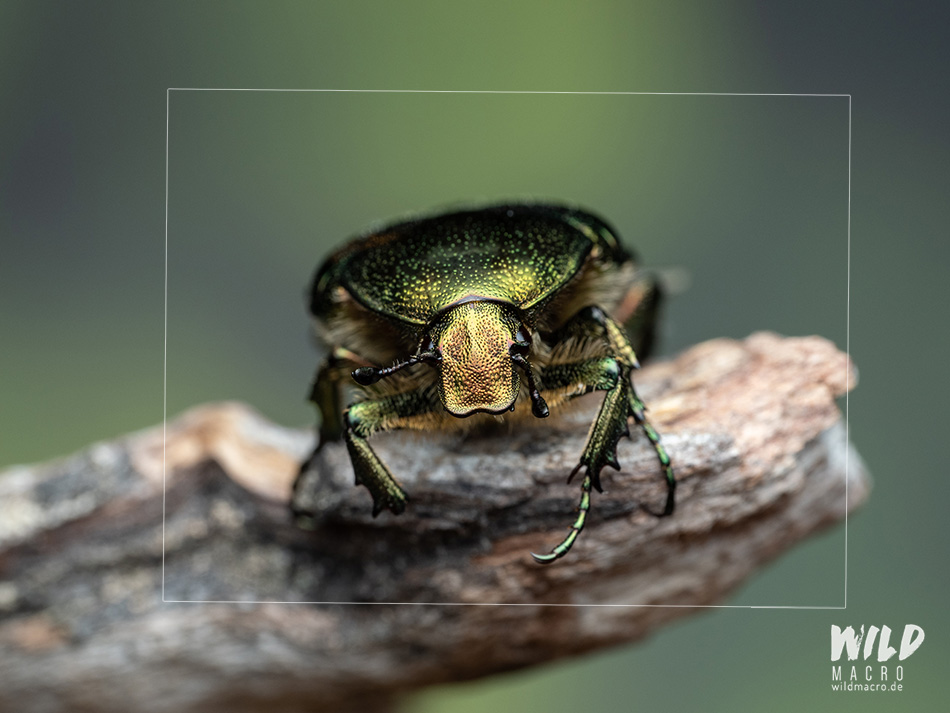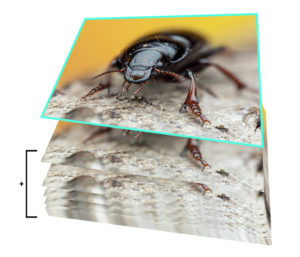23 Apr Macro Photography: the problems with perfectionism

We are all looking for it: the perfect photo.
Perfectionism is what motivates and drives us.
But what are the problems with perfectionism? Isn´t that a good thing instead?
Let´s talk about how perfectionism can be an obstacle. which prevents us from taking better photos and how that applies to macro photography in particular.
This article is somewhat of a successor or part II of an article I published some time ago, dealing with appreciating your own photographic work and overcoming self-doubt.
Being able to take a meta-perspective and reflect on your own approach and workflows can greatly help and improve on these.
You can read the article ‘How to appreciate your own phtoographic work and stop comparing to others’ here.
What is perfectionism and why can it be a bad concept?

Before we take a look at the role of perfectionism in photography, and macro and wildlife photography in particular, let´s first find a definition of what we are talking about.
Definition of perfectionism
According to Wikipedia, Perfectionism as a psychological term, means a “broad personality trait characterized by a person’s concern with striving for flawlessness and perfection and is accompanied by critical self-evaluations and concerns regarding others’ evaluations”.
The negative aspects of a maladaptive perfectionism are also mentioned: it can drive people “to be concerned with achieving unattainable ideals or unrealistic goals that often lead to many forms of adjustment problems such as depression, anxiety, ADHD, OCD, OCPD and low self-esteem”.
There are both positive and negative aspects of perfectionistm: Perfectionistic striving and perfectionistic concerns.
You can read more about the concept in its various forms and understandings, here, on Wikipedia.
Problems with perfectionism in Macro and Wildlife Photography
Looking at the definition of perfectionism it becomes very clear, how striving for flawlessness will directly connect to photography.
Aside from the creative side of photography, and the depicted motif itself, it is the technical side and our workflow that are prone to flaws.

We can think of these flaws or challenges as obstacles in our way of achieving the mentioned flawlessness or perfection.
Overcoming these come at a cost, mostly in form of time or sacrifices at another front.
Let´s take a look at the most obvious technical terms, that have the potential to give us a headache, while striving for flawlessness.
High ISO
Increasing our ISO setting enables us to potentially take photos, which we otherwise could not.
We can close our aperture down a bit more and get a deeper focus, or use a faster shutter speed to capture movement more efficiently.
Or, if we use a flash for macro photography, by doubling our ISO from 100 to 200, we need less flash power, for the same result, for example.
At high ISO numbers though, our images will show the infamous ISO noise, which can impact our photos details and also does not look nice and smooth.
At the same time though, using high ISO can lighten up dark scenes considerably and enable us to photograph, where we otherwise could not.
Many wildlife photographers are literally afraid of photographing with high ISO settings that they rather experiment with getting around that completely or even lose the shots.
Their wish for perfection, here in the form of non-visible ISO noise or grain, is literally standing in their way of what really makes the photo: the moment or subject that is gonna be captured.


Click images to enlarge in Lightbox
Resolution and Cropping
In macro photography we often try to get as close to our subject as possible.
We want to show as much of the details, textures and forms as possible.
All of that at the highest quality possible, so an uncropped, high resolution image would be the best outcome.
However this is often not possible and we have to make sacrifices in order to get our close-up frame.
Cropping means we can get closer, but this results in less resolution, shrinking our total image dimensions – omething want to prevent at all costs, if possible.
With software like Topaz GigaPixel or SharpenAI it is possible to counter these negative aspects and resize the image and reduce artifacts or recover lost details.


Focus Stacking, Post-Processing and Retouching
Another obstacle in macro photography is getting enough depth-of-field, a deep area of where the subject is in full, sharp focus.
At high magnifications, beyond the classic 1:1, the layer of focus, and hence sharpness, is often paperthin.
Even for tiny subjects, like small insects, this may not be enough.
One solution to overcome this issue, is focus stacking.
By combining multiple images with a shifted focal plane, we can achieve a deeper area of focus for a final composite image.
You can read more about focus stacking here, if you are interested in how exactly this works:
– How to get sharper macro photos with focus stacking
– How to get more depth-of-field for macro photography: cropping vs. focus stacking
– Macro photography: focus stacking or single shot

In theory this is the perfect technique to capture the maximum of details, but the execution can be extremely frustrating and is prone to flaws, as we will discuss now.
The visibility of flaws increases, as at these high magnifications, with more details, we recognize these flaws even more promimently.
There are a lot of questions we could ask ourselves in consequence: is it worth to invest considerably more time and effort to get a result we could also achieve with an easier and quicker approach, just for the sake of having gone the more difficult way, which feels more honest, which gives us the feeling of having achieved something special?
Might it not be better to save the time and instead capture more photos?
Would we not increase our chances of capturing a special moment with a single shot, which we could otherwise lose or mess up if we choose to go for a focus stack?
Solutions – Close to perfect

A concept to keep in mind for your future approach is ‘CTP – Close to perfect’.
Basically this means, that a state close to perfect, is more than enough most of the time.
It simply depends on what you plan to do with your work (photos in this case) and what they are used for, their purpose.
The time and work you have to invest in making that last step from great to perfect is disproportioned in relation to the outcome/result of this last setp.
You could instead sacrifice perfection (if this is possible to be accomplished anyways) and save a considerably amount of time and work and at the same time evade frustration and overthinking.
Using the CTP concept, has taken a heavy load of my perfectionist shoulders and relieved me from a lot of pressure that I haveput on myself.
Conclusion – Finding the right way – through the middle
Trying to be close to perfect means evading too much pressure and at the same time being perfect enough to not feel like we failed our own goals and motivations.
We partially sacrifice them for our own mental health and save a considerably time in the process.
If you plan to only and ever share your wildlife macro photo on social media, let´s say Instagram, there is no need for it to look flawless as a 300DPI A1 high quality print.
It is more than enough, if it appears flawless at web resolution with maybe a long side of 2160 Pixels (or even less), to be displayed in your Instagram gallery.
Even if you are using a photo for your website, it might not be necessary for it to be perfect at its max resolution, if you only use a width of 1200 Pixels, for example.
Sometimes a smaller stack vs a deep stack can be more than enough, sometimes even a single shot with an higher f-stop would be just enough – or – close enough to be perfect.
This does not mean, you could or should not strive to have a perfect image for any use case and at max details and resolution – but it can save you time and nerves, if you at least think about if it is worth investing an considerable amount of time for something that might not even be visible for the viewer in the end.
Sign up for the newsletter mailing list & free ebook

Did you enjoy these tips and want to learn more or improve your macro photography skills?
Stay up to date with new blog posts, reviews and tutorial- and ebook-releases.
Sign up below to get notified when the free edition of my ebook
‘How to master spider & insect macro photography’ is ready for download.



No Comments